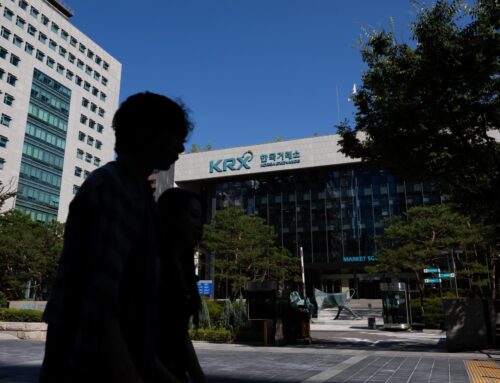Amazon robot tests show they’re not ready to replace humans
May 13, 2025
Robots in Amazon’s fulfillment warehouse can pick and stow products well enough that the e-tail giant is happy to begin beta testing, but not well enough to leave human workers behind.
In its warehouses, Amazon stores products inside fabric pods that look like hanging storage racks of the sort sold by IKEA.
When items arrive in a warehouse, human workers assess their quality before using conventional material handling equipment to stow them in storage pods. When a customer places an order, Amazonians move the entire storage pod housing their desired product to a picking station where staff remove the relevant item and send it for packaging and shipment.
Amazon is now testing robots called “Stow” and “Pick” to perform these tasks, and detailed early results in a pair of research papers.
The Stow robot features a pinch gripper and an extendable plank for manipulating items in bins, a visual perception system for assessing available space in storage bins, a machine learning model to predict the packing success rate based on existing bin contents, and can adapt to make the space needed to add items to bins.
Amazon had the Stow-bot attempt to move over 500,000 items during a test, and the machine did its job properly about 85 percent of the time.
Breaking books
Nine percent of failures damaged an item, most often after the product fell to the floor. Fourteen percent of failures saw pages of a book mangled with the bot tried to place it in a pod. Given the many books Amazon sells, the company’s roboticists think their designs may need to include book-saving interventions.
The Stow robot’s speed was similar to that achieved by human workers. “Over the month of March 2025, humans stowed at an average rate of 243 units per hour (UPH) while the robotic systems stowed at 224 UPH,” the paper says. “This comparison was careful to compare human stowers operating on the same floor as the robotic workcells, as stow rates vary based on inbound item distributions and the density of items already in the fabric pods.”
Humans exhibited more variation in stow rates –they handled small items quickly but took longer with larger items or when they had to crouch or climb a ladder to access bins. Amazon’s researchers think human stow rates could rise by 4.5 percent if robots only work on the top rows of storage pods, which would keep people off ladders.
The Pick robot, described in a research paper, achieved an even higher success rate during its six month trial deployment, which ran six hours per day on weekends from October 2024 through March 2025. The robot had a 91 percent success rate across 12,000 pick attempts – although it also rejected 19.4 percent of pick requests after its machine vision failed to recognize the item with or after balking out of concern for item damage.
Amazon’s researchers see their experiments as further steps toward reliable robot systems the company can deploy at scale.
The e-tail giant intends to explore teaching robots through visuomotor policy learning (VMP) rather than manually programming specific robot behaviors.
“A key challenge of deploying learned VMPs is their lack of interpretability in failure cases,” Amazon’s researchers observe in the Pick robot paper. “While it is often easy to fix a simple bug or improve algorithmic limitations of heuristic approaches, VMPs have to be re-trained or fine-tuned to learn about failures while maintaining their previous performance.”
The Amazonians anticipate improving VMP performance by modeling failures in a Real2Sim [PDF] module, which involves generating digital replicas of real-world scenes through robotic interactions. Doing so, they expect, will help solve rare failure cases that emerge at scale. ®
Search
RECENT PRESS RELEASES
Related Post




